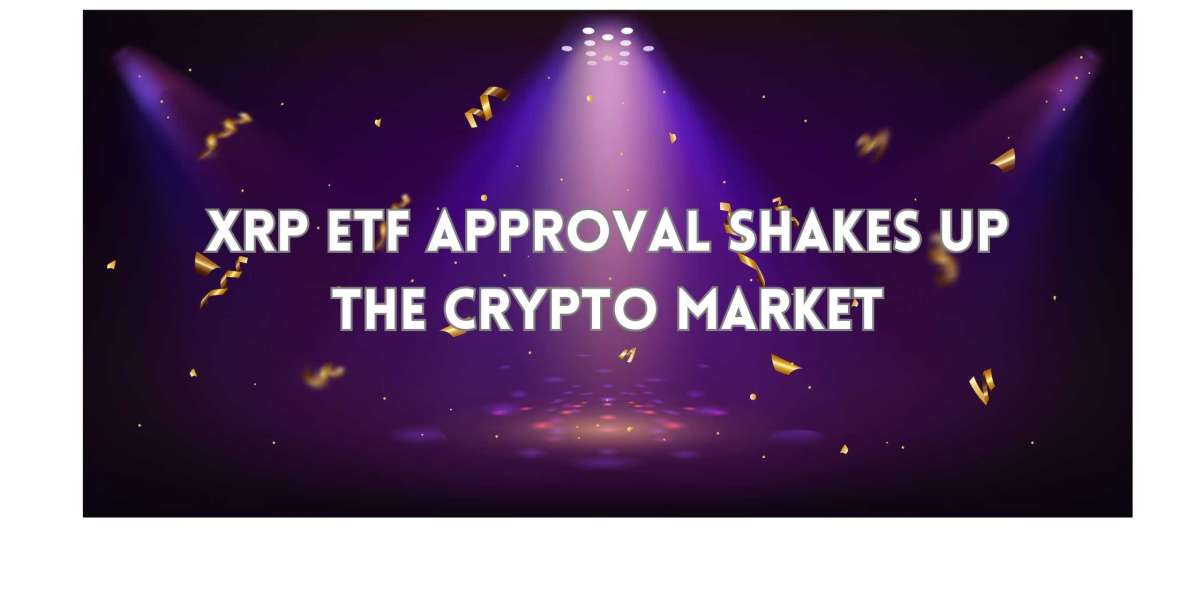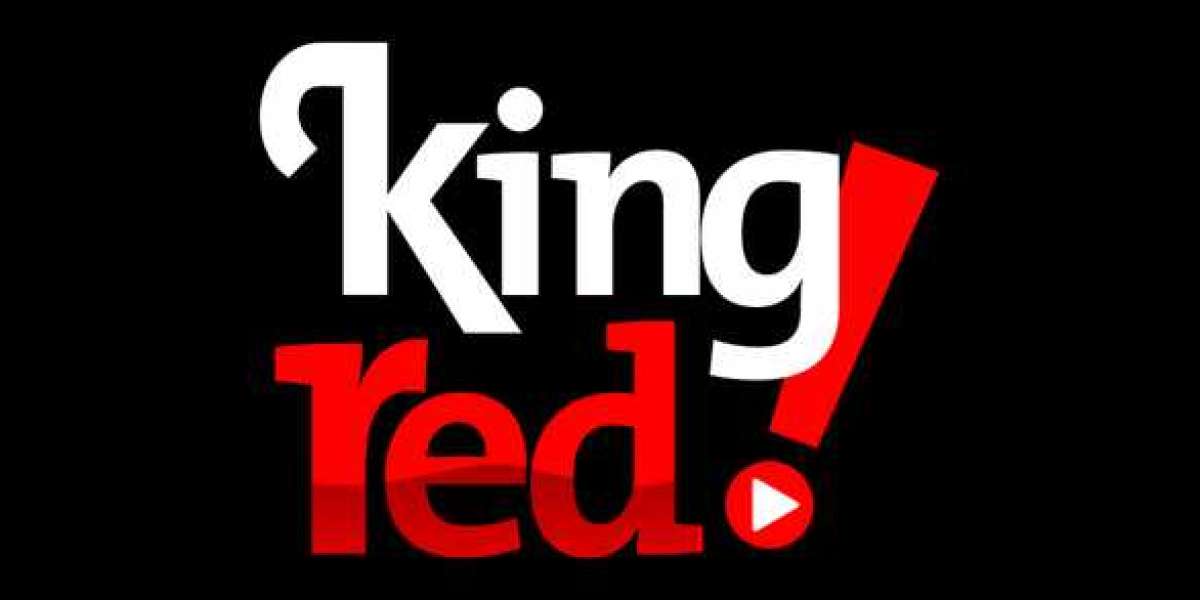The recent XRP ETF approval has stirred new momentum in the cryptocurrency world, giving traders and investors a fresh reason to pay attention to Ripple and its native token, XRP. As the U.S. Securities and Exchange Commission (SEC) gave the green light to three XRP futures-based exchange-traded funds from ProShares, it marked a pivotal point in the broader crypto market. This blog unpacks what the approval means, how it could impact XRP, and why both retail and institutional investors are paying close attention.
What Happened with the XRP ETF Approval?
On April 28, 2025, the SEC officially approved ProShares to launch three XRP futures ETFs: Ultra XRP ETF (2x leverage), Short XRP ETF (-1x), and Ultra Short XRP ETF (-2x). These products are scheduled to go live on April 30. Each fund allows different types of investors to engage with XRP’s price movements in more flexible ways—without needing to hold XRP directly.
This XRP ETF approval follows years of uncertainty around XRP’s regulatory status due to the long-running legal case between Ripple and the SEC. With that dispute now largely resolved, regulatory clarity has returned to XRP. This has opened the door for products like ETFs to enter the U.S. market, similar to what happened earlier with Bitcoin and Ethereum futures ETFs.
Why This Approval Matters
The approval is a major signal that XRP is regaining credibility within the U.S. financial system. Even though these are not spot ETFs, futures-based ETFs still offer a bridge between traditional finance and crypto. With the SEC previously reluctant to allow anything related to XRP on regulated exchanges, this XRP ETF approval shows a change in stance.
This move is also a response to growing demand from investors who want regulated exposure to digital assets. By offering futures-based ETFs, issuers like ProShares provide access to XRP in a format that traditional institutions can understand and use. It simplifies participation for banks, hedge funds, and other market players who may be cautious about directly handling crypto assets.
Brazil Leads with Spot ETF
While the U.S. only approved XRP futures ETFs, Brazil went a step further. On April 25, 2025, the first spot XRP ETF began trading on Brazil’s stock exchange, B3. Managed by Genial Investimentos and issued by Hashdex, this spot ETF gives Brazilian investors direct exposure to XRP.
Brazil’s move is important because it demonstrates that international markets may adopt friendlier stances more quickly. It also puts pressure on U.S. regulators to reconsider their caution around spot crypto ETFs. While the SEC continues to review multiple applications for a U.S. spot XRP ETF, this global activity shows that crypto-based financial products are no longer niche.
Market Reaction to XRP ETF Approval
The news of the XRP ETF approval had an immediate impact on market sentiment. XRP's price rose to $2.29 shortly after the announcement, reflecting increased investor confidence. Trading volume also surged, especially on platforms where futures contracts are actively used.
In addition to XRP itself, related crypto assets and tokens within the Ripple ecosystem saw positive momentum. This suggests that the market views the ETF approval as a broader endorsement of Ripple's technology and financial products. While short-term price moves can be volatile, the approval adds legitimacy to XRP in the eyes of both retail traders and institutional investors.
What It Means for Crypto Investors
For individual investors, the XRP ETF approval brings more choice. Instead of buying XRP from a crypto exchange, they can now get exposure via ETFs that are traded on traditional stock markets. This can reduce some of the friction and concerns that come with setting up wallets, managing private keys, and dealing with unregulated exchanges.
Institutional investors, too, are expected to participate more actively now that there's a regulated path to XRP exposure. ETFs allow these investors to avoid custody risks and access XRP through familiar systems. That said, the difference between futures-based and spot-based ETFs remains important. Futures ETFs track XRP contracts rather than the actual token, so their performance may not always mirror spot prices.
Could a Spot XRP ETF Be Next?
There’s a lot of speculation around what comes next. With Brazil already launching a spot XRP ETF and U.S. applications under review, many are optimistic that the SEC could eventually approve a spot version.
Grayscale is among the firms pushing for a spot XRP ETF in the United States, with a decision expected by May 22. Prediction markets currently show a high probability of spot ETF approval by the end of 2025, especially if the current futures ETFs perform well and attract strong inflows.
If a spot ETF is approved in the U.S., it could lead to even greater accessibility for XRP and wider adoption. It would also open the door for other crypto assets to gain similar products, further expanding the regulated digital asset market.
Final Thoughts
The XRP ETF approval is more than just another crypto headline. It signals growing maturity in the digital asset sector and increasing acceptance by regulators. While the ETFs being launched are futures-based, they still mark a major step forward for XRP and Ripple's broader ambitions.
Investors now have more ways to access XRP through traditional financial platforms. Meanwhile, the developments in Brazil show that international markets are willing to move quickly on crypto innovation. With more ETF applications under review and public interest rising, this is a moment that could shape the future of crypto investing for years to come.
For now, the XRP ETF approval stands as a key milestone—and one that may soon be followed by even bigger changes.






